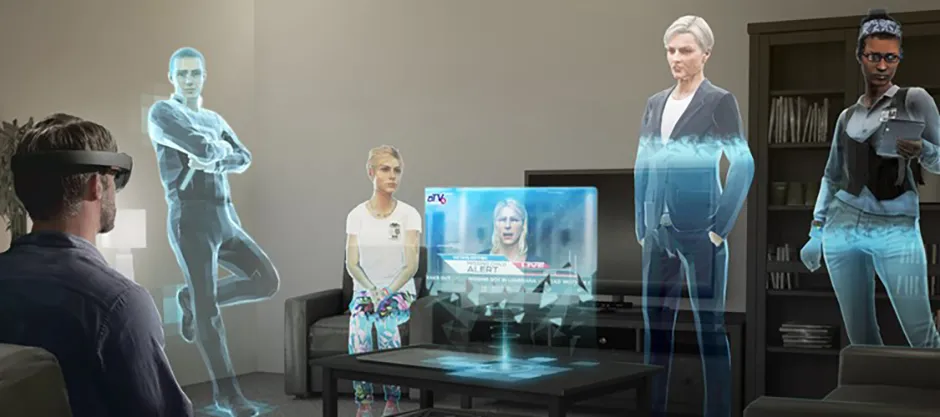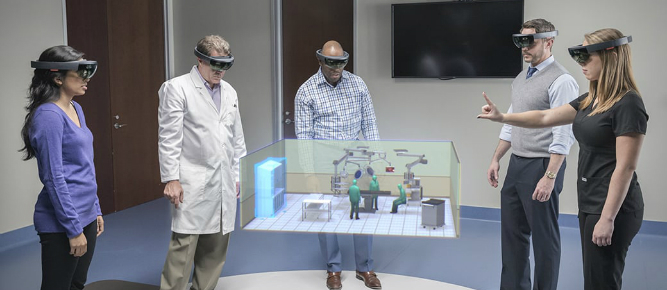


Hologram Markets
Although the adoption of holographic markets is progressing slowly, it is undeniable that they are the future standard for immersive digital content visualization, and currently, there are various methods for presenting holographic, 3D, HR, MR, and XR content, such as 3D pyramids, 3D glasses, HR headsets, and more, and although the potential of DLT network-driven markets has not been fully explored by this emerging technology, there are numerous applications for display, content creation, distribution, usage data collection, analysis, and integration with other technologies and markets, especially in fields such as medicine, AI, sustainability, engineering, education, and culture preservation, where holograms are used for data visualization, training, and education, and offer immersive and interactive experiences that provide new ways to visualize and understand complex information.
There are various ways in which NFTs (non-fungible tokens) can be related to the topics mentioned above, as they are unique digital assets that are verified on a blockchain network, providing a new means of certifying the authenticity and ownership of digital content. Some possible connections between these topics and NFTs are:
- Medicine Holograms: Utilizing holographic technology for medical imaging and surgical procedures.
- Artificial Intelligence Holograms: Representing AI models and data visualizations through holographic displays.
- Applications Holograms: Employing holographic technology in different industries, such as gaming, design, and architecture.
- Algorithms Holograms: Creating holographic representations of complex algorithms for data analysis and visualization.
- Smart Holograms: Using holographic displays with interactive and adaptive features.
- Sustainability Holograms: Depicting sustainable technologies and environmental data through holographic displays.
- Systems Holograms: Utilizing holographic technology in system design and engineering.
- Simulations Holograms: Providing holographic simulations for training and education purposes.
- Technology Holograms: Demonstrating cutting-edge technologies through holographic representations for product marketing.
- Therapies Holograms: Using holographic technology in therapy and rehabilitation programs.
- Tunnels Holograms: Utilizing holographic displays in tunnel construction and maintenance.
- Tomography Holograms: Creating holographic representations of medical tomography images for data visualization and analysis.
- Education Holograms: Enhancing learning experiences in educational settings through the use of holographic technology.
- Emulation Holograms: Creating holographic representations of historical artifacts and cultural heritage for preservation and emulation purposes.
- Research Holograms: Utilizing holographic technology in research and development for data visualization and analysis.
- Art: Holographic art can be certified for ownership and authenticity using NFTs, making it easier for artists to monetize their work.
- Education: NFTs can provide an alternative to traditional certificates by certifying completion of holographic training programs or courses.
- Simulations: NFTs can certify completion of holographic simulations for training or entertainment purposes.
- Research: Holographic research data can be authenticated and secured through NFTs, certifying ownership and integrity.
- Tomography: NFTs can provide a secure and immutable record of ownership for holographic medical images or tomography data.
- Sustainability: NFTs can certify ownership of holographic representations of sustainable technologies or environmental data.
- Therapies: NFTs can certify completion of holographic therapy or rehabilitation programs.
- Technology: NFTs can certify ownership of holographic technology patents or designs, allowing inventors to monetize their creations.
Overall, NFTs offer creators and owners of holographic content a new way to assert ownership and ensure the authenticity of their digital assets.